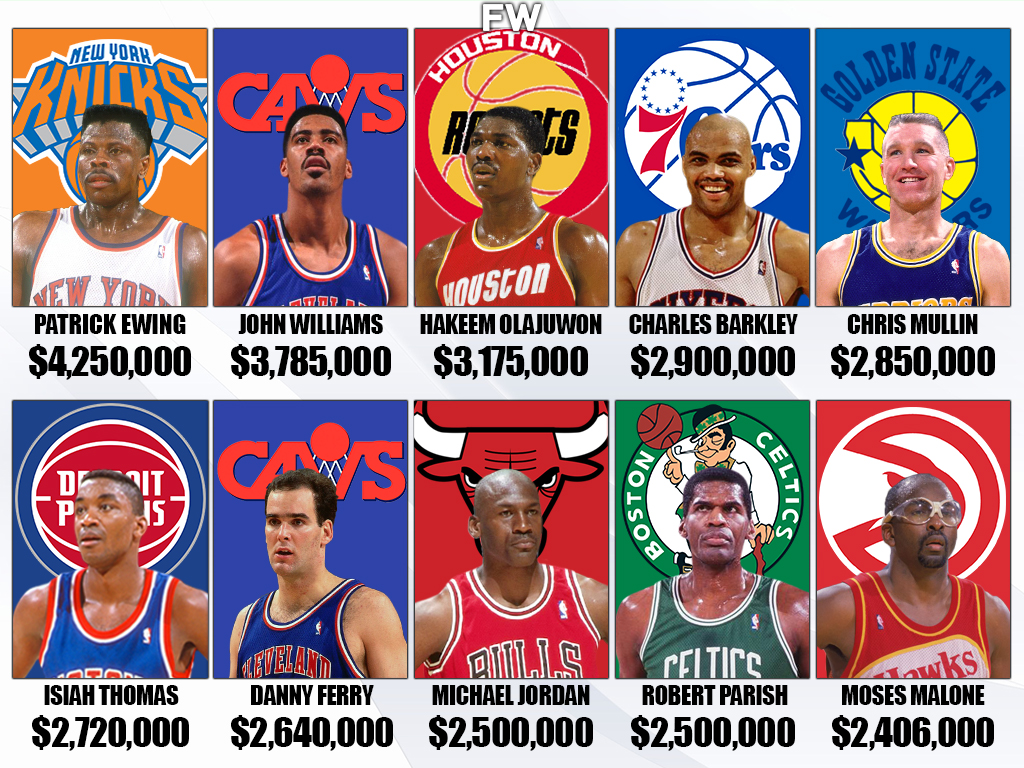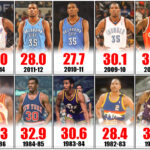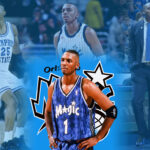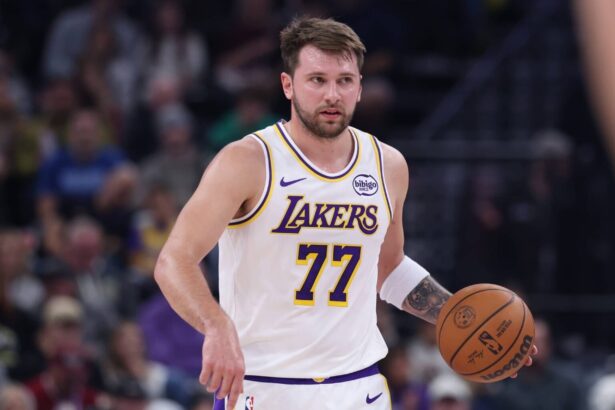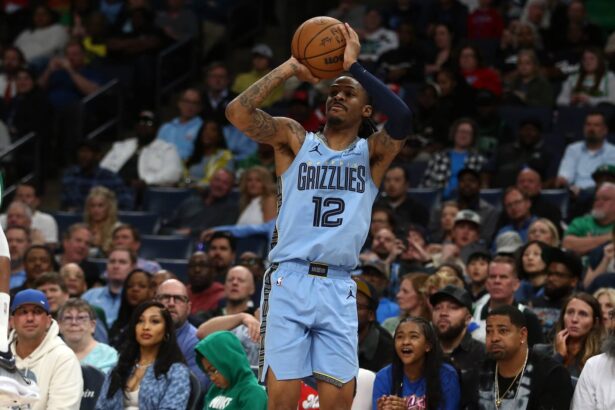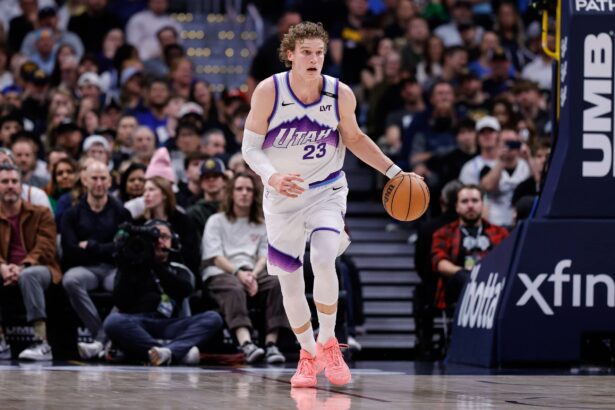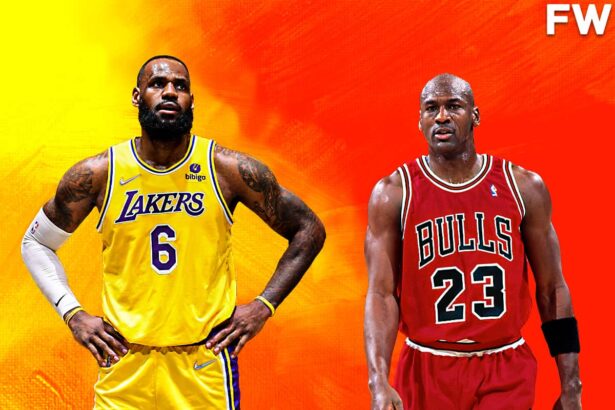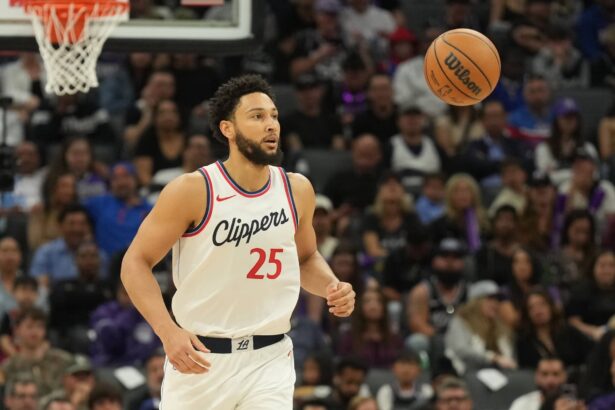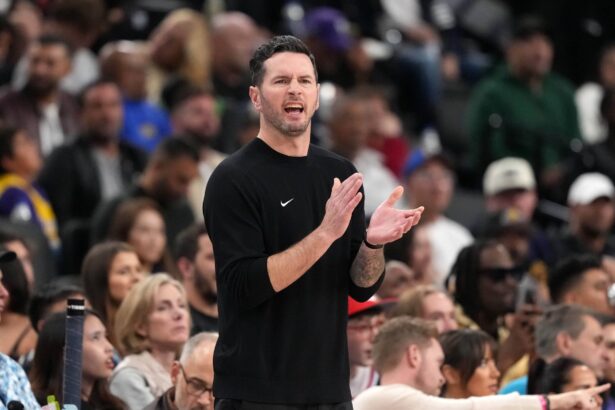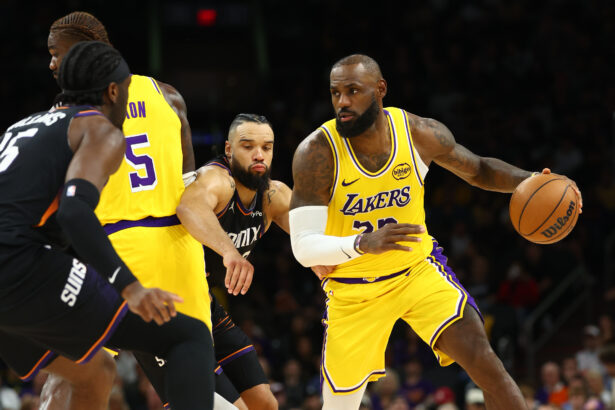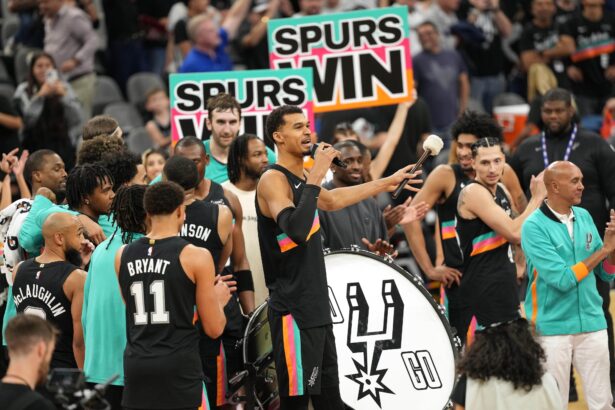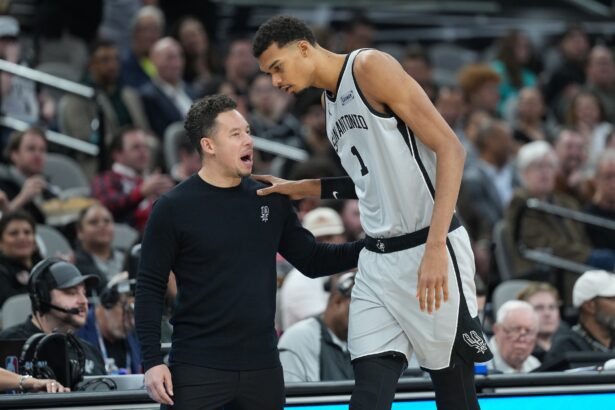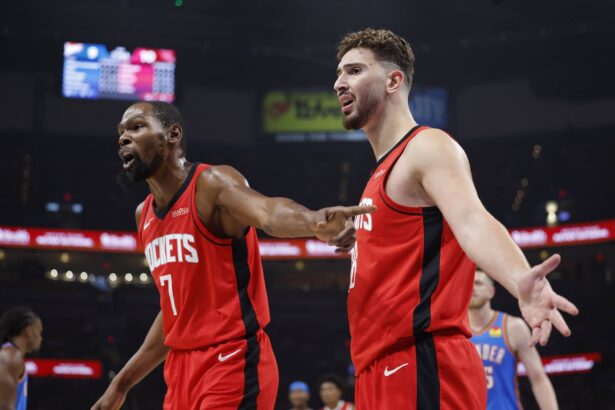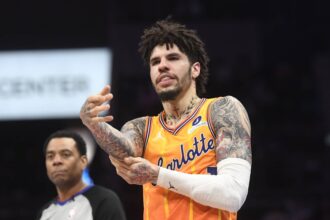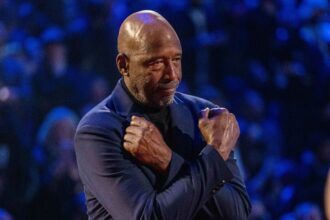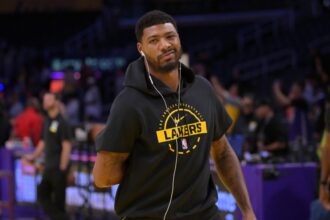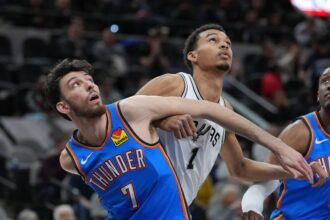Players’ salaries are not like they used to be. Back in the day, getting $4 million was an anomaly. Only one player during the beginning of the 90s made over $4 million in annual salary to lead the league. Only two players made at least $3 million and none of those three players were named Michael Jordan.
- 10. Moses Malone – $2,406,000
- 8. Robert Parish – $2,500,000
- 8. Michael Jordan – $2,500,000
- 7. Danny Ferry – $2,640,000
- 6. Isiah Thomas – $2,720,000
- 5. Chris Mullin – $2,850,000
- 4. Charles Barkley – $2,900,000
- 3. Hakeem Olajuwon – $3,175,000
- 2. John “Hot Rod” Williams – $3,785,000
- 1. Patrick Ewing – $4,250,000
- Next
- The Highest-Paid Players In The 1989-90 NBA Season: Michael Jordan Was 6th With Only $2.5M
- The Highest-Paid Players In The 1997-98 NBA Season: Michael Jordan’s Salary Was Worth More Than The Salary Cap
- NBA MVP Award Winners From 1991 To 2000: Michael Jordan Won 4 MVP Awards, Absolutely Dominated In The 90s Era
- NBA Playoffs Single-Game Records: Michael Jordan Still Holds The 63-Point Record, Wilt Chamberlain’s 41 Rebounds Won’t Ever Be Repeated
- Michael Jordan’s Career-High Against Every NBA Team: The GOAT Destroyed The Cleveland Cavaliers
At the time, Jordan was a top player in the league but was not a championship player by the end of the year. Even so, the championship players of the 80s such as Larry Bird, Magic Johnson, and Isiah Thomas were not in the top five of salaries either. You would have thought with backlogged contracts, these players would have high salaries. Clearly, agents have learned new negotiating skills over the years.
These were the highest-paid players in the 1990-91 season.
10. Moses Malone – $2,406,000
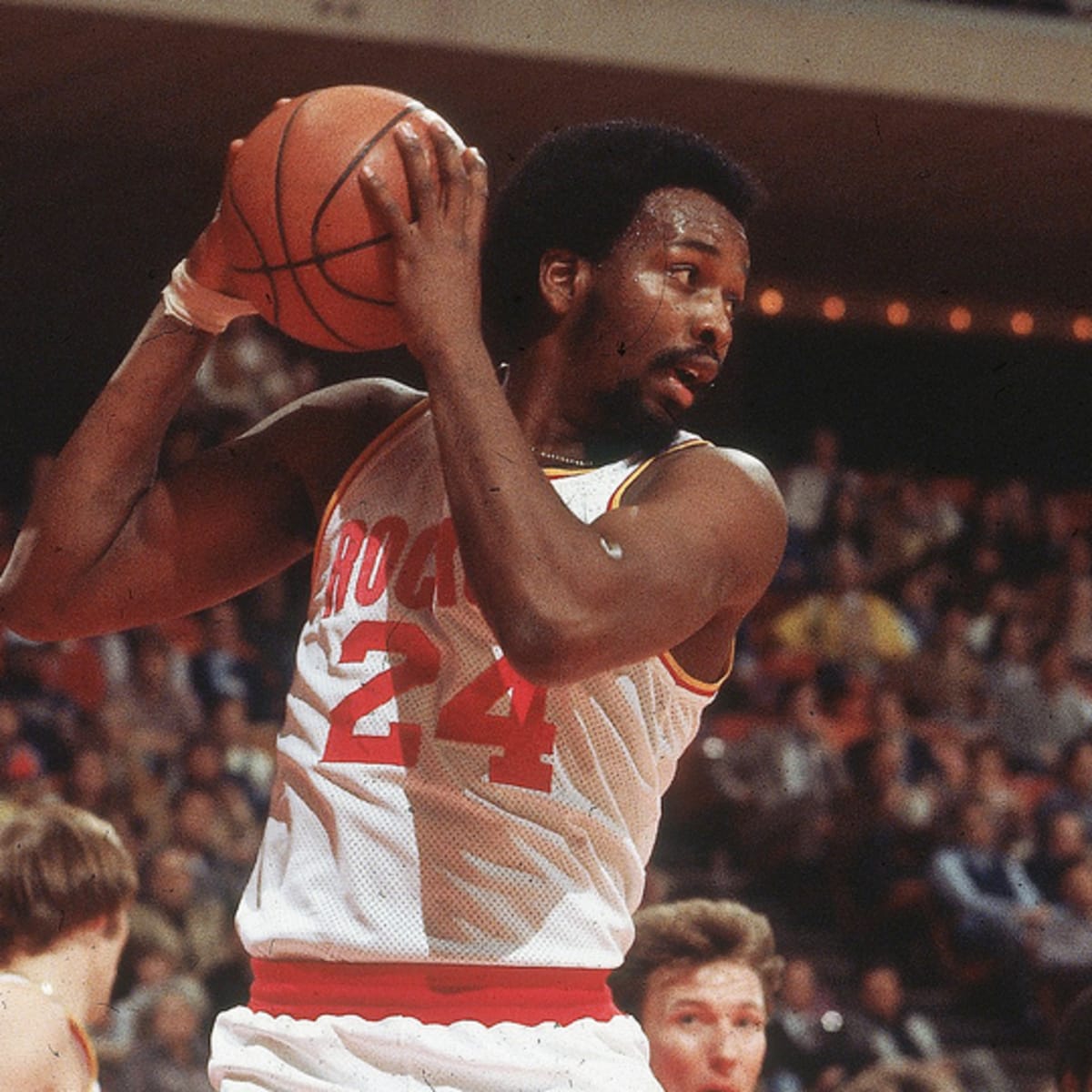
This was a tough pill for the Hawks to swallow. The Hawks paid for a top-10 player but didn’t get any kind of the sort. Malone was trending downwards towards his performance in the NBA and this was the start. Malone averaged 10.6 points and 8.1 rebounds in 23.2 minutes in 82 games. While this may seem like a solid stat line, it was not worth a top-10 salary.
Malone was coming off a season where he averaged over 18 points per game with 10.0 rebounds. There was thought he would continue this but did not. Malone didn’t finish in the top-10 in any major stat category. This ultimately was a sunk cost for this season.
8. Robert Parish – $2,500,000
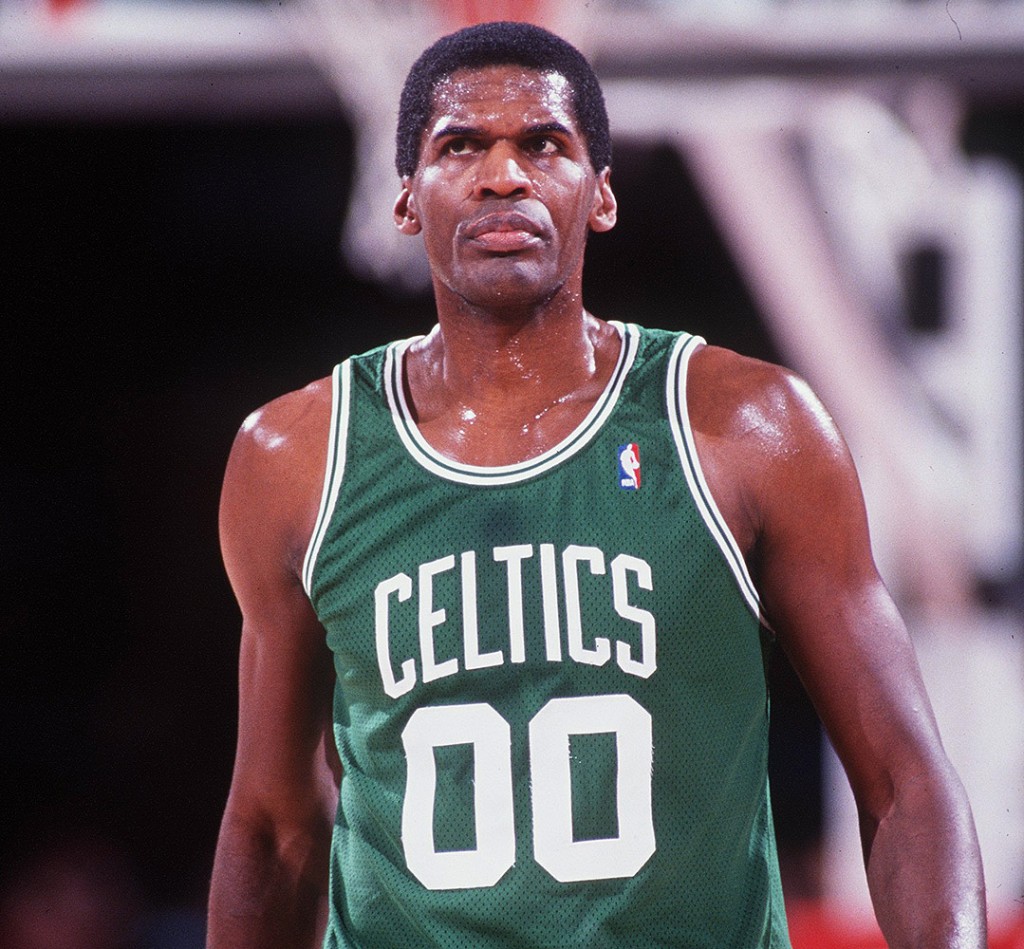
In the era of top centers, you have to pay a premium for good rebounding. If that were true then Dennis Rodman would have been making a lot more money. With that said, Parish was a foundational piece of the Celtics’ championship years but did put up a solid line for this season in the backend of his career.
Parish finished seventh in the rebounding race with 10.6 per game and was seventh in defensive rebounds and eighth in offensive rebounds. Parish remained a solid defensive player as well. Altogether, Celtics fans could be sold that this was a fair tradeoff.
8. Michael Jordan – $2,500,000
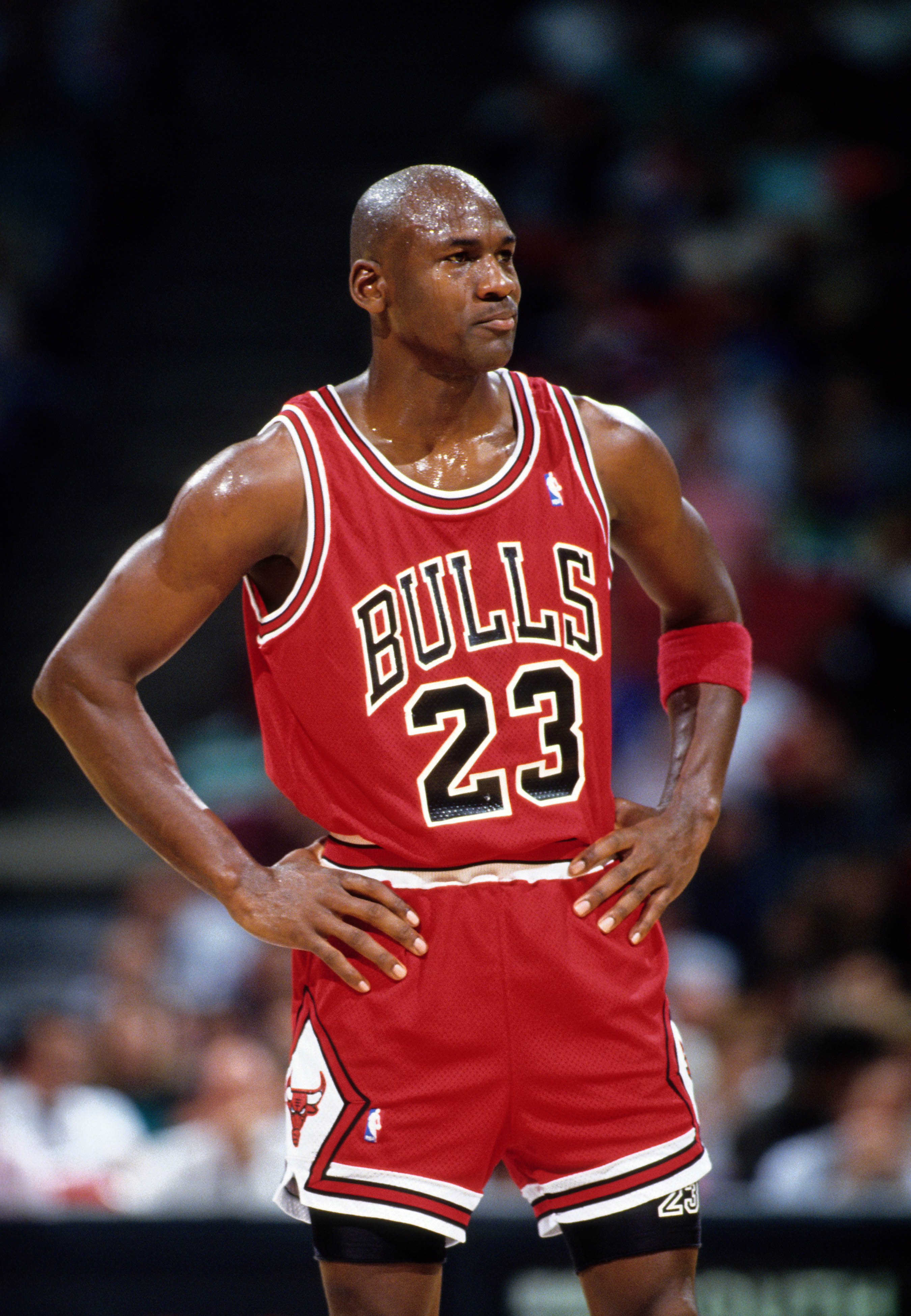
The best player in the NBA was the eighth highest-paid player. Jordan led the league in scoring with 31.5 points per game and scored the most total points as well. Jordan led the league in made field goals, two-point field goals, win shares, offensive win shares, and was the most efficient player.
For his efforts, Jordan was awarded the MVP Award. The Chicago Bulls won the NBA championship with Jordan winning Finals MVP as well. Altogether, Jordan was the best player and should have been making more money. However, he wasn’t a championship player until now, so this year was helpful in his very monstrous contracts later on in his career.
7. Danny Ferry – $2,640,000
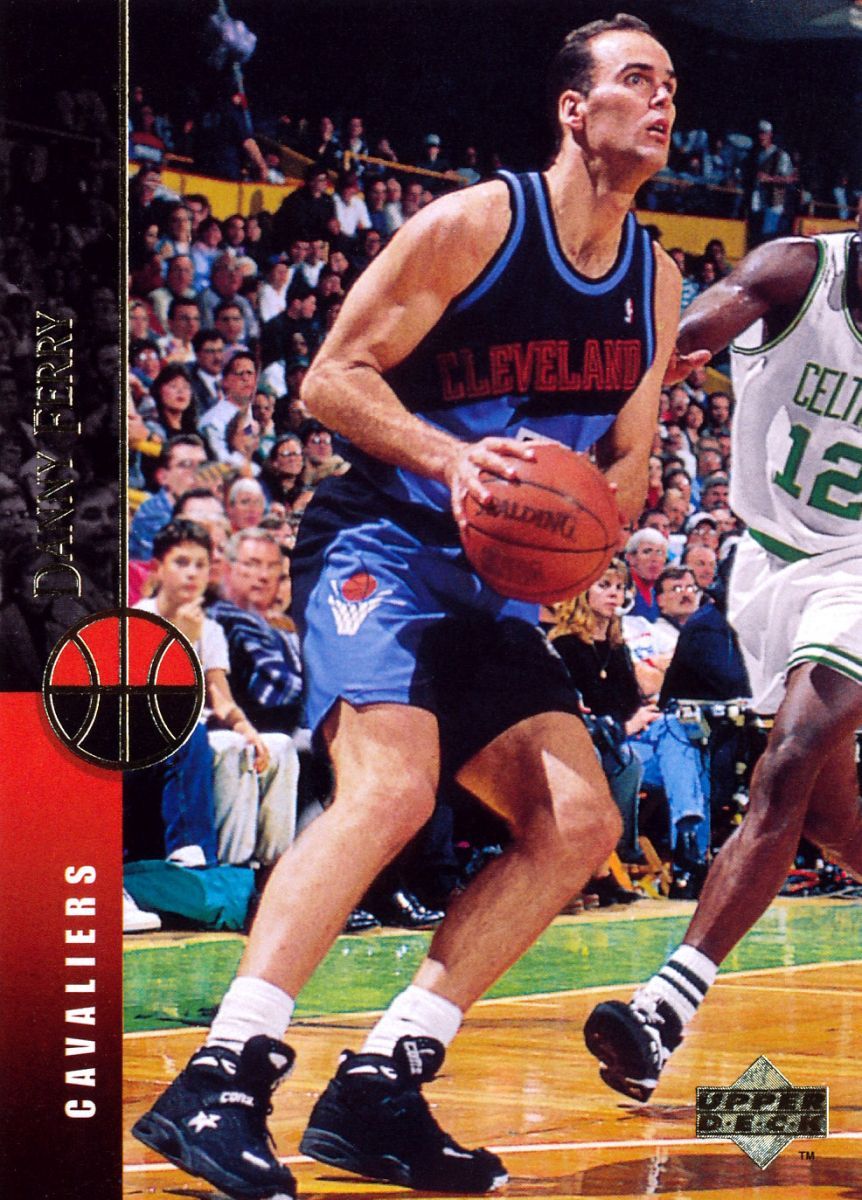
In the summer of 1990, Ferry signed a 10-year, $34 million contract with the Cleveland Cavaliers. Ferry was the No. 2 overall pick in 1989 but didn’t play until the 1990-91 season. In his rookie year, Ferry averaged 8.6 points, 3.5 rebounds, and 1.8 assists.
This ended up being a poor contract for the franchise. Ferry averaged double-digits per game two times in his career. For this year, Ferry did not average anything in the top-10 in any major statistical category. The team thought they were building for the future, but this was a poor investment.
6. Isiah Thomas – $2,720,000
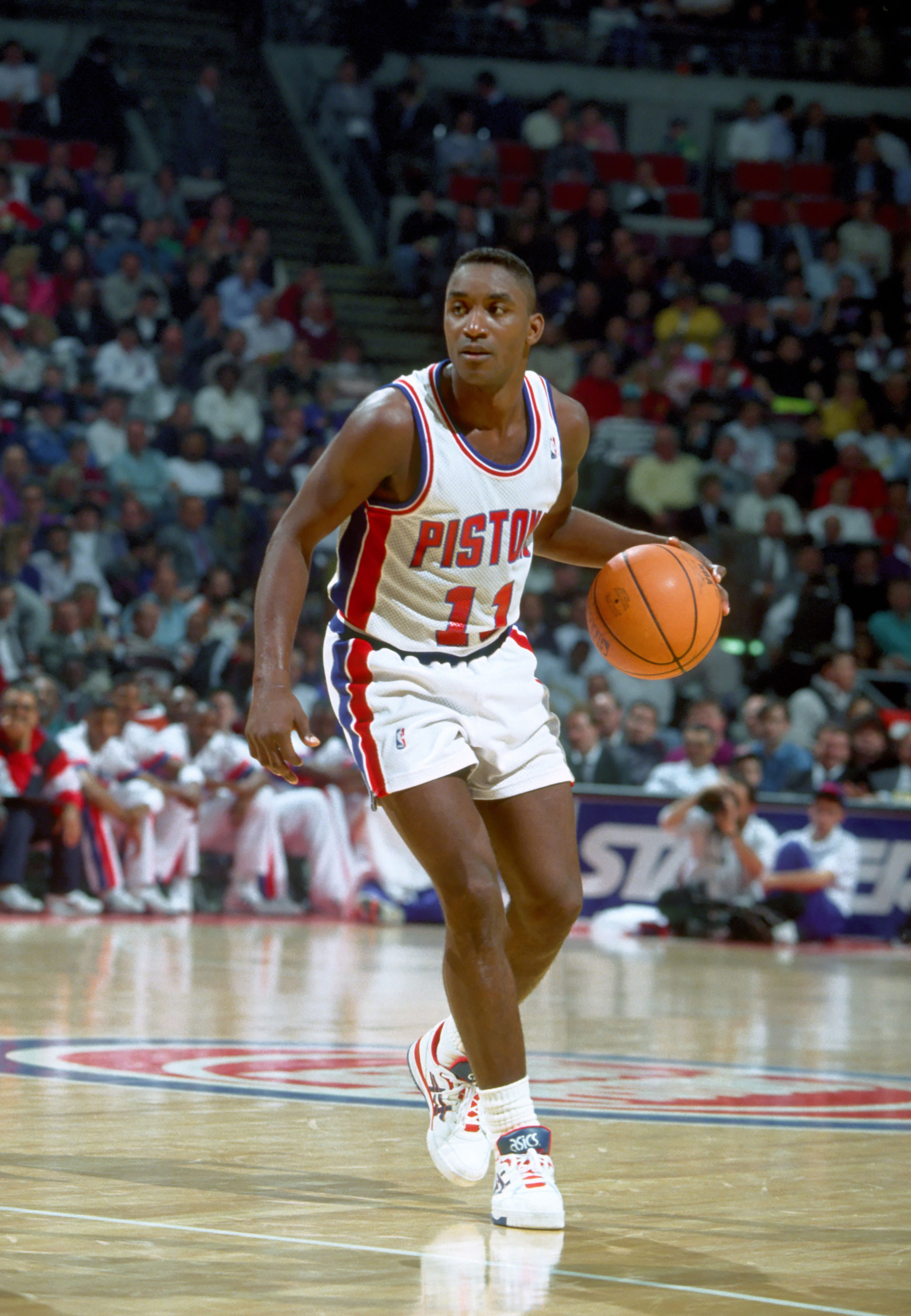
In today’s world, Thomas would have held out and waited for a new contract. He was fresh off leading the Pistons to the 1990 NBA championship where he won Finals MVP. Instead, he did his job and played with the sixth-best salary. For the year, Thomas averaged 16.2 points and 9.3 assists. His assists total was sixth-best in the league.
This contract is completely justified. The Pistons had won two straight titles and had made the Finals three straight years. What could be argued is that Thomas wasn’t paid enough. He was the best player on the team and had the Pistons in the national conversation, but five players, who had not played in the Finals during this time, were paid more than him.
5. Chris Mullin – $2,850,000
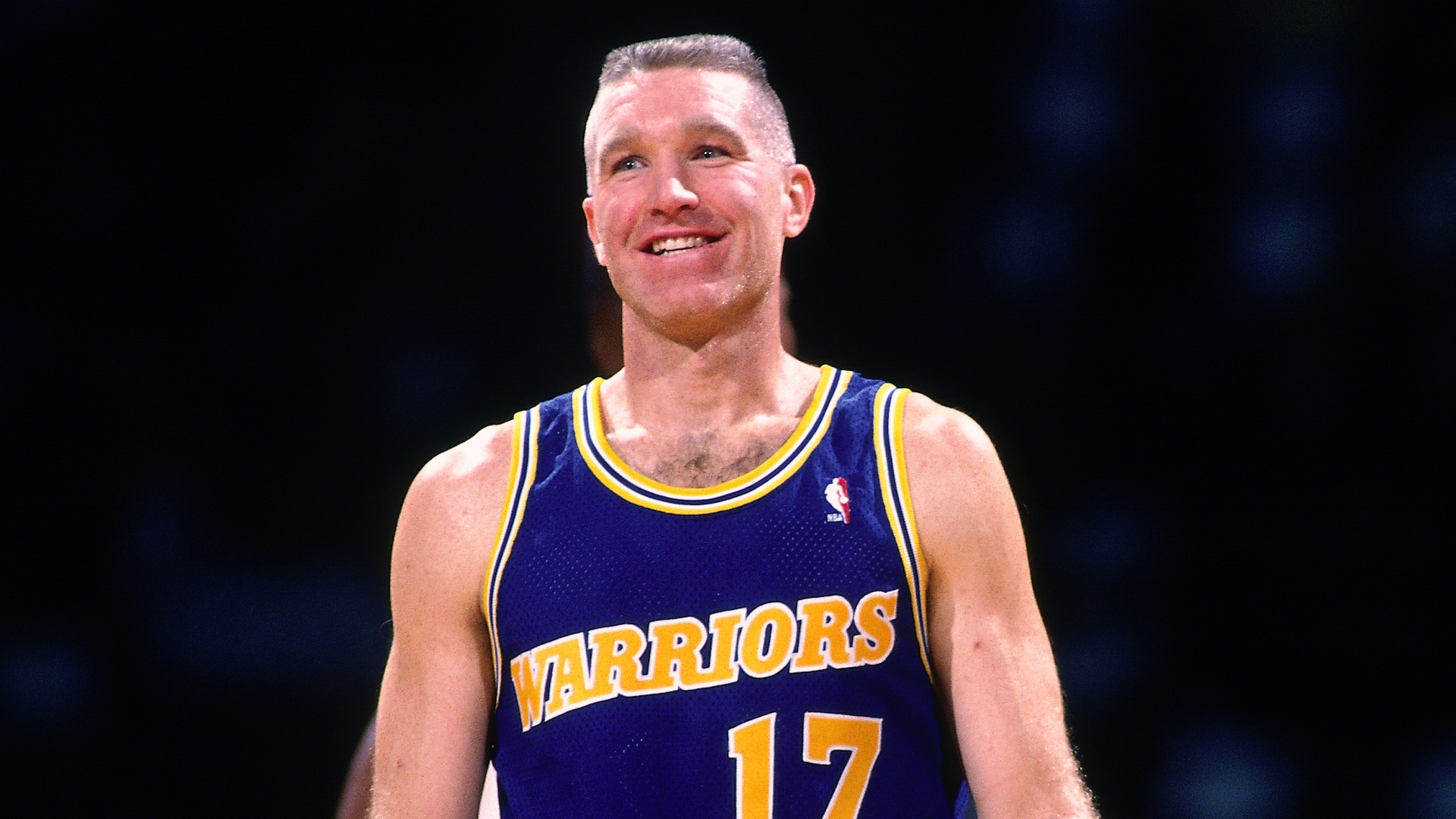
Making the top-5 was Chris Mullin of the Golden State Warriors. Without Mullin, the Warriors probably don’t make the playoffs. The Warriors finished seventh in the conference while Mullin averaged a solid line. His 25.7 points per game were eighth in the league, while his 2.1 steals was 10th.
The stat that can’t be overlooked is hustle. Mullin earned every penny that he made. He led the league in total minutes by playing 300 more minutes than the runner-up. His 40.4 minutes per game narrowly beat out Karl Malone’s 40.3 minutes as both players were the only players averaging over 40 minutes per game.
4. Charles Barkley – $2,900,000
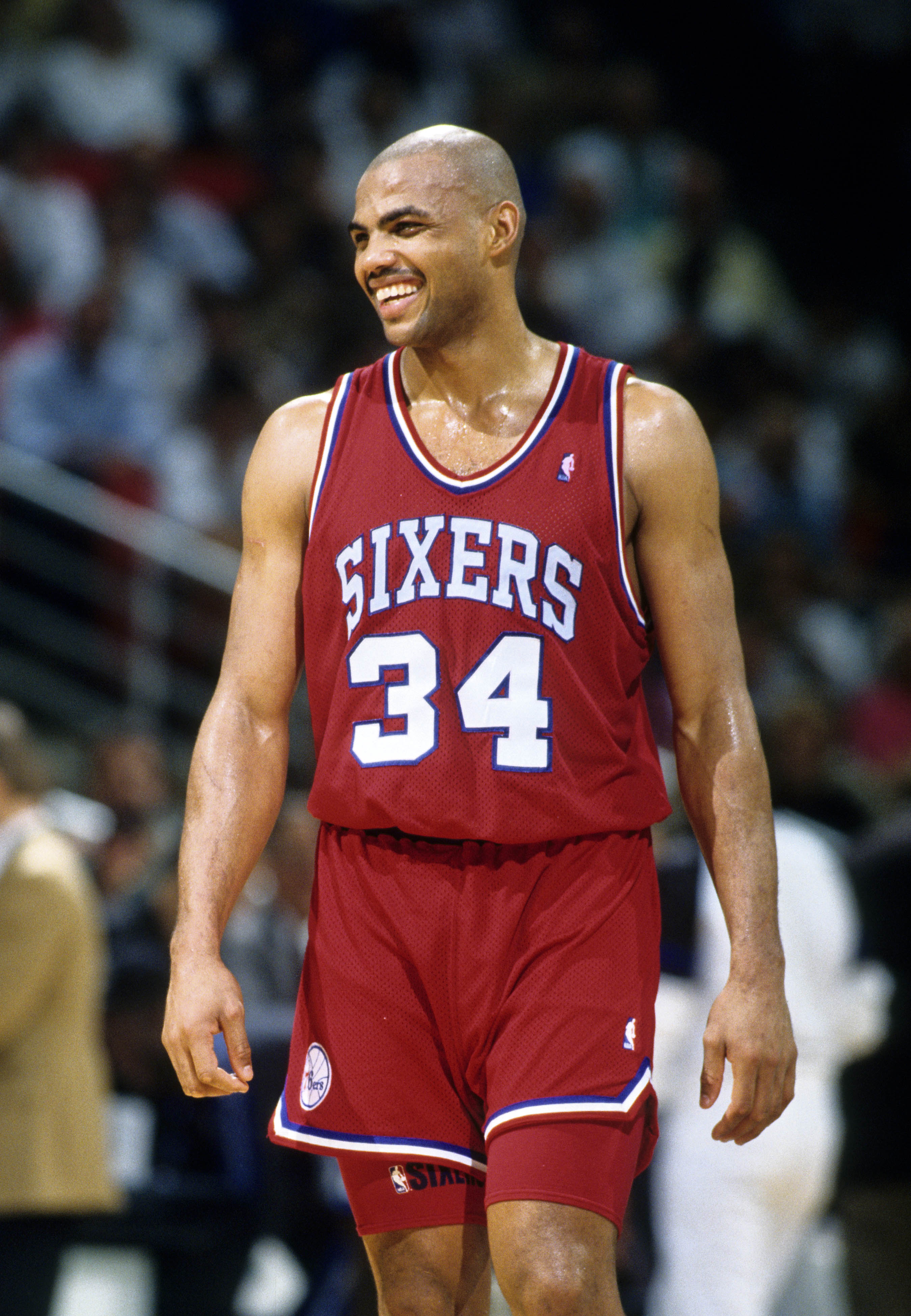
When you pay for a top-tier player, you expect top performance in return. Barkley gave the 76ers just that. Barkley averaged 27.6 points, 10.1 rebounds, 4.2 assists, 1.6 steals, and 0.5 blocks per game. His points were fourth in the league, while he finished in the top-15 in total offensive rebounds, living up to his physical style of play.
Barkley was the most efficient big inside the arc. His 61.4% shooting percentage inside the arc led the NBA, while his 57.0% shooting percentage was fourth in the league. The 76ers were fifth in the East and made the second round of the playoffs before running into Jordan’s Bulls, losing the series in five games.
3. Hakeem Olajuwon – $3,175,000
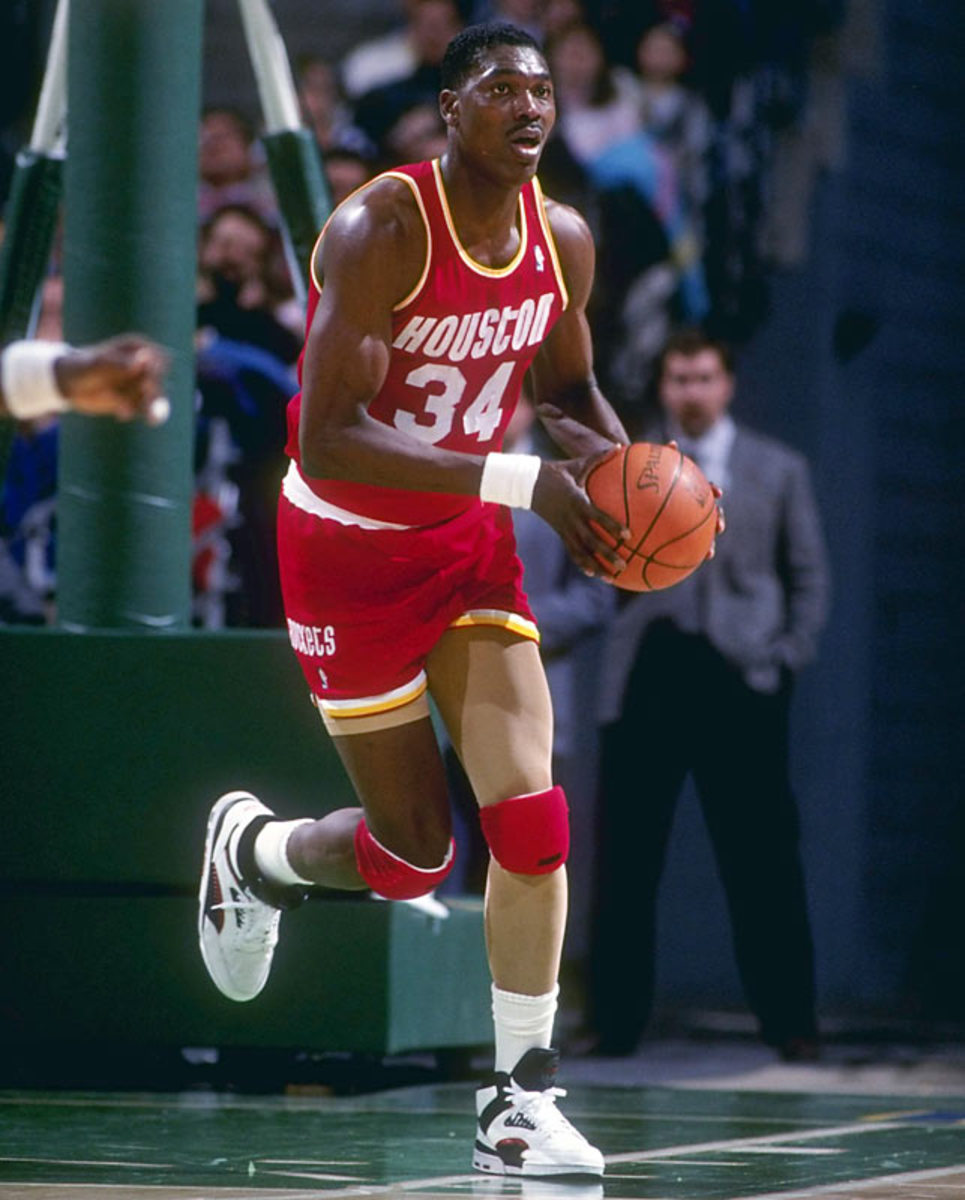
Olajuwon was a top defensive player in the league despite finishing All-Defensive Second Team. Olajuwon led the league in blocks with 3.9 blocks per game. His 551 defensive rebounds were just outside the top-10, while his defensive rating led the league as well. On top of that, Olajuwon averaged 21.2 points, 13.8 rebounds, and 2.2 steals.
The Rockets finished with the sixth seed in the conference. Unfortunately, the team lost in the first round via a sweep of the Jazz. For the production given, Olajuwon deserved a top-3 salary in the league this season.
2. John “Hot Rod” Williams – $3,785,000
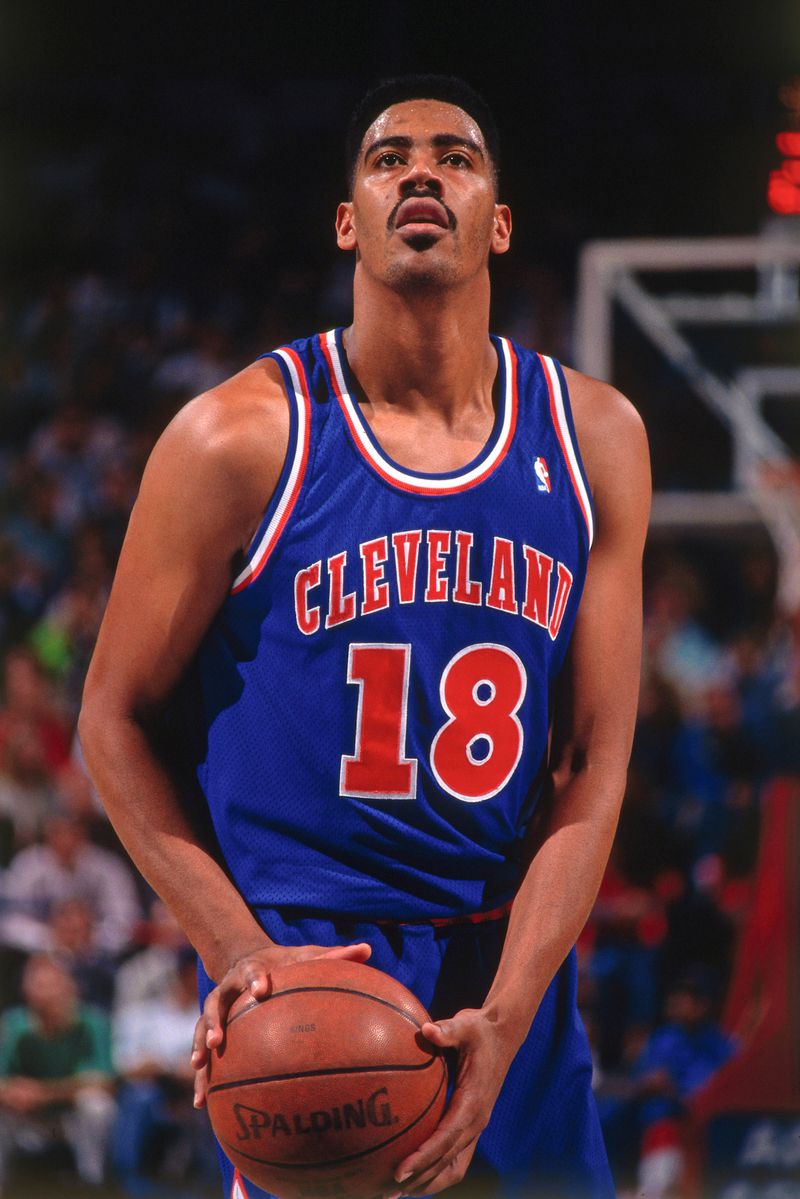
Remember when we were talking about bad contracts given out by the Cavaliers? Well, this is another example. Williams was the second highest-paid player in the league for this season. He averaged 11.7 points, 6.7 rebounds, 2.3 assists, and 1.6 blocks per game. Williams shot 46.3% from the field and played only 43 games.
Williams did not finish in the top-10 in any major statistical categories. The Cavaliers didn’t make the playoffs either. This was a tough time to be a businessman for the team during this season.
1. Patrick Ewing – $4,250,000
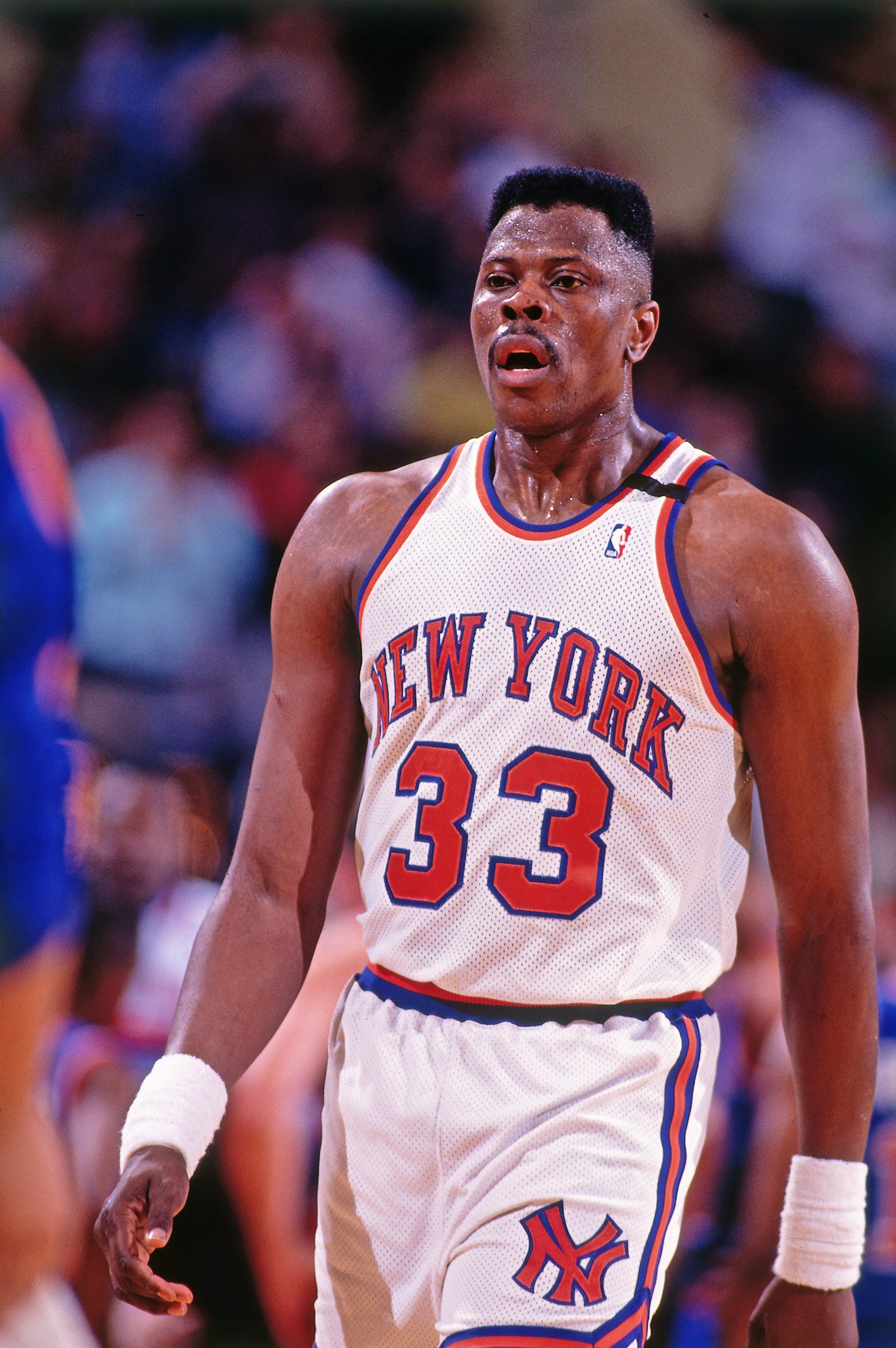
The top-paid player in the league was a fixture in this spot during his playing days. Having played for the New York Knicks, the league’s largest market, he was going to get paid top dollar. With Ewing on the roster, the Knicks were a competitive team, but those contending years were later down the road. This year, the Knicks were the No. 8 seed and swept in the first round of the playoffs.
Ewing averaged 26.6 points and 11.2 rebounds, both in the top five of the league. Ewing was one of three players to secure over 700 total defensive rebounds and his 3.2 blocks were third in the league. Ewing was also frequently on the floor, averaging the 10-most minutes per game. In the end, Ewing was an All-Star and a top player in the league, but it came at a steep cost.

